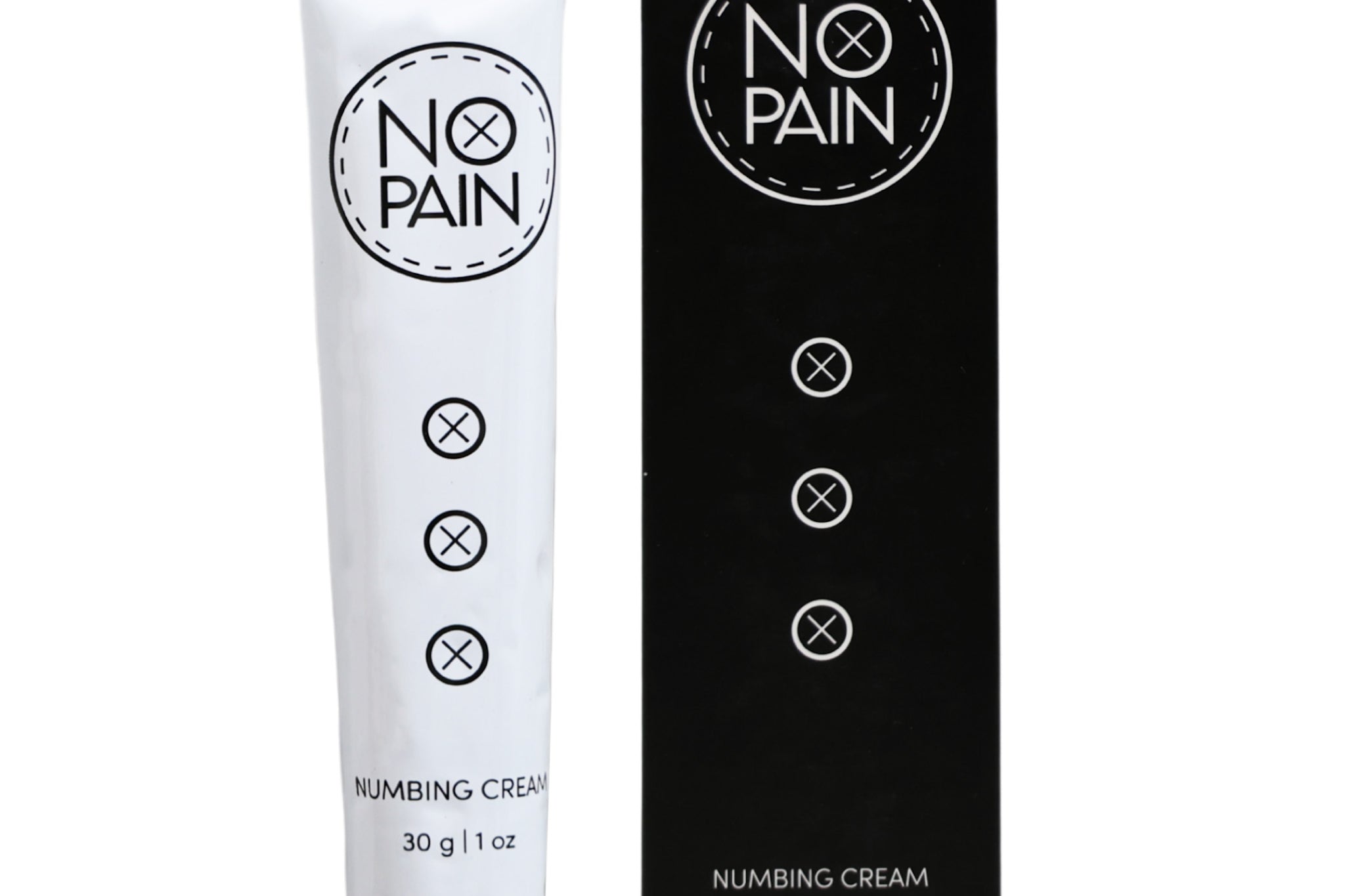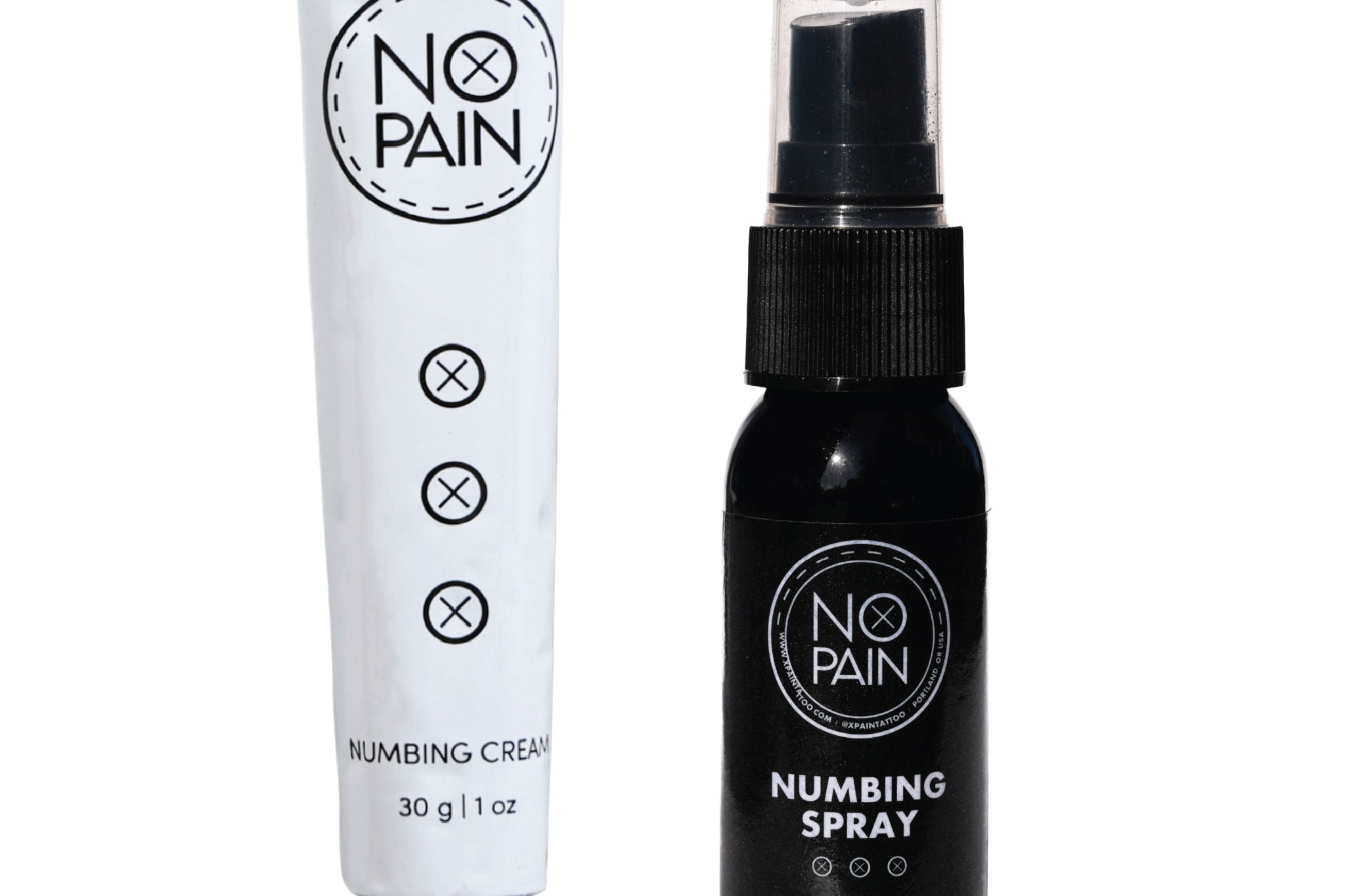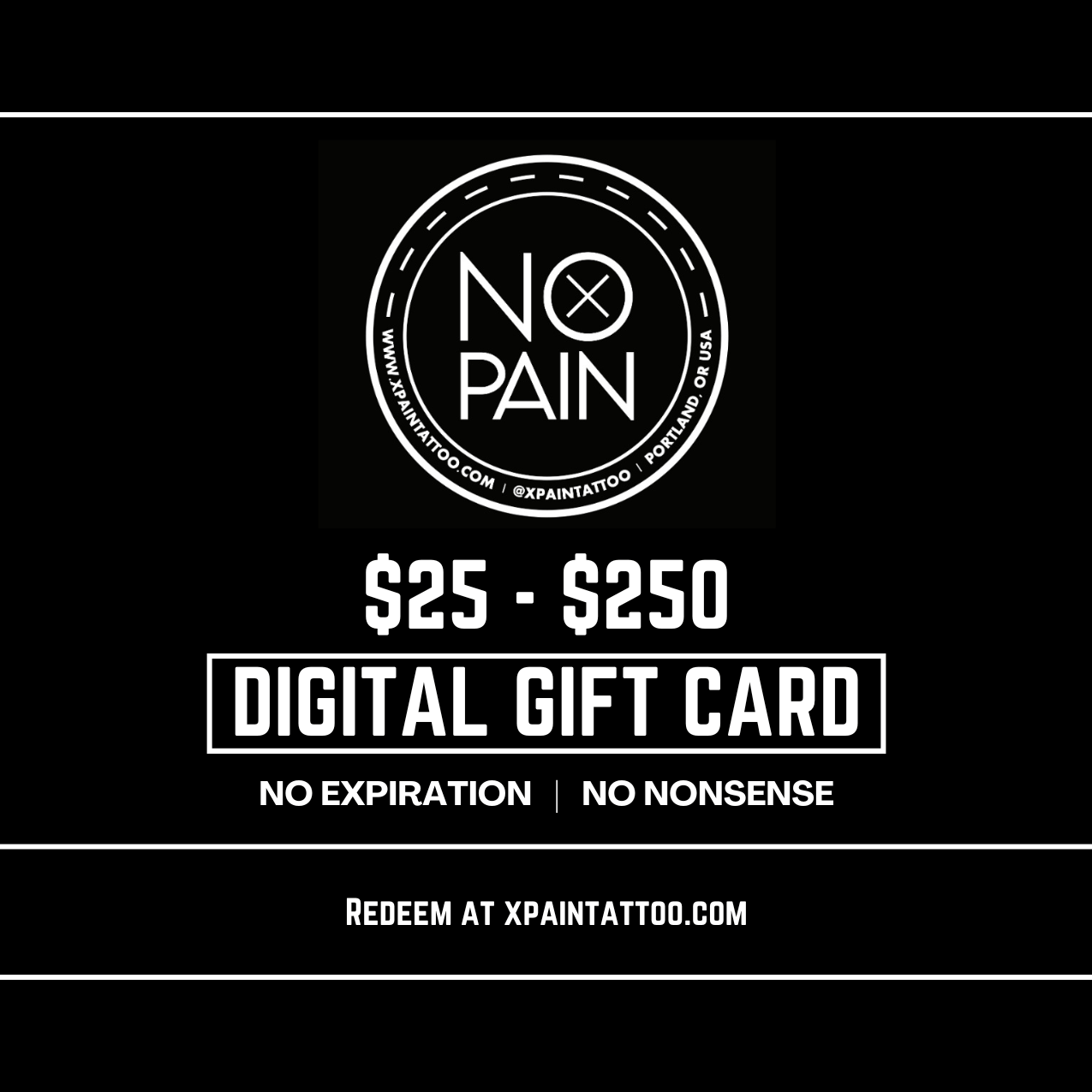You've successfully made it through the most dramatic parts of the tattoo healing stages. The initial soreness is gone, and the main peeling and flaking have finally stopped. You're expecting to see your crisp, vibrant new tattoo, but instead, you're greeted with a strange, shiny, and somewhat wrinkled texture. The blacks might look a bit grey, and the colors can seem hazy.
Welcome to the "onion skin" phase. It's a completely normal, if visually alarming, part of the process that every single tattoo goes through. Understanding what's happening to your skin is the key to getting through it with confidence.
This is your complete guide to the "onion skin" phase of healing, explaining why it happens and how to care for a new tattoo to ensure the vibrant art underneath is revealed perfectly.
What is "Onion Skin" on a New Tattoo?
"Onion skin" is the term artists use to describe the brand-new, delicate layer of epidermis (top layer of skin) that regenerates over your tattoo after the initial peeling is done.
Think of your permanent tattoo ink in the dermis below as a perfect painting. This new layer of skin is like a piece of slightly frosted, shiny cellophane that has been temporarily placed over it. The painting underneath is still vibrant; you're just viewing it through a hazy filter for a little while. This new "baby skin" is not yet clear and transparent like your normal, mature skin, which is what gives it that classic thin, wrinkled, or "crinkly" appearance.
The Healing Timeline: When to Expect Onion Skin
This shiny, wrinkled stage typically appears right after the main peeling and flaking phase is over. You can usually expect to see it around week 2 to week 3 of the healing process.
How long does it last? The onion skin will gradually become stronger, smoother, and more transparent as it matures. This can take anywhere from 2 weeks to a month or more after it first appears. Patience is key during this final settling phase.
Onion Skin vs. a Real Problem
It's important to know that this normal texture is very different from other healing issues.
-
Normal Onion Skin: The skin looks shiny, thin, and crinkly. It is not painful, red, or oozing. It is just a temporary texture issue.
-
Problematic Cracking: A cracked tattoo involves deep, often painful fissures in the skin caused by excessive dryness.
-
Infection: An infection involves worsening pain, swelling, a foul odor, and colored pus. Wrinkled "onion skin" is not a sign of infection.
The Solution: How to Help Your New Skin Mature
You can't skip this stage of healing, but you can give your new "baby skin" all the support it needs to mature into a strong, healthy layer that will protect your tattoo for a lifetime. The key is consistent, nourishing moisture.
This is the final and most important job for your aftercare routine. Using a high-quality moisturizer is critical to help this new layer of skin become healthy and strong.
-
Our No Pain Tattoo Aftercare Balm is perfect for this stage. Its formula is packed with natural butters and oils that are rich in the vitamins and fatty acids your skin needs. This "feeds" the new, fragile skin cells, helping them to become stronger, more supple, and less wrinkled over time.
-
It's not about slathering it on; it's about a consistent, thin application once or twice a day. This will improve the skin's elasticity and help resolve that shiny, wrinkled look much faster, revealing the true vibrancy of your tattoo.
The Verdict: Seeing shiny, wrinkled "onion skin" on your tattoo is not a red flag; it's a positive sign that your body has successfully created a new, protective layer of skin over your precious art.
Don't be discouraged by this final, slightly awkward phase. Be patient and let your skin do its work. Continue your aftercare routine by nourishing that new skin with a quality balm like the products in our Aftercare Bundle. Before you know it, the wrinkles will be gone, and you'll be left with the smooth, vibrant, and perfectly healed tattoo you've been waiting for.




